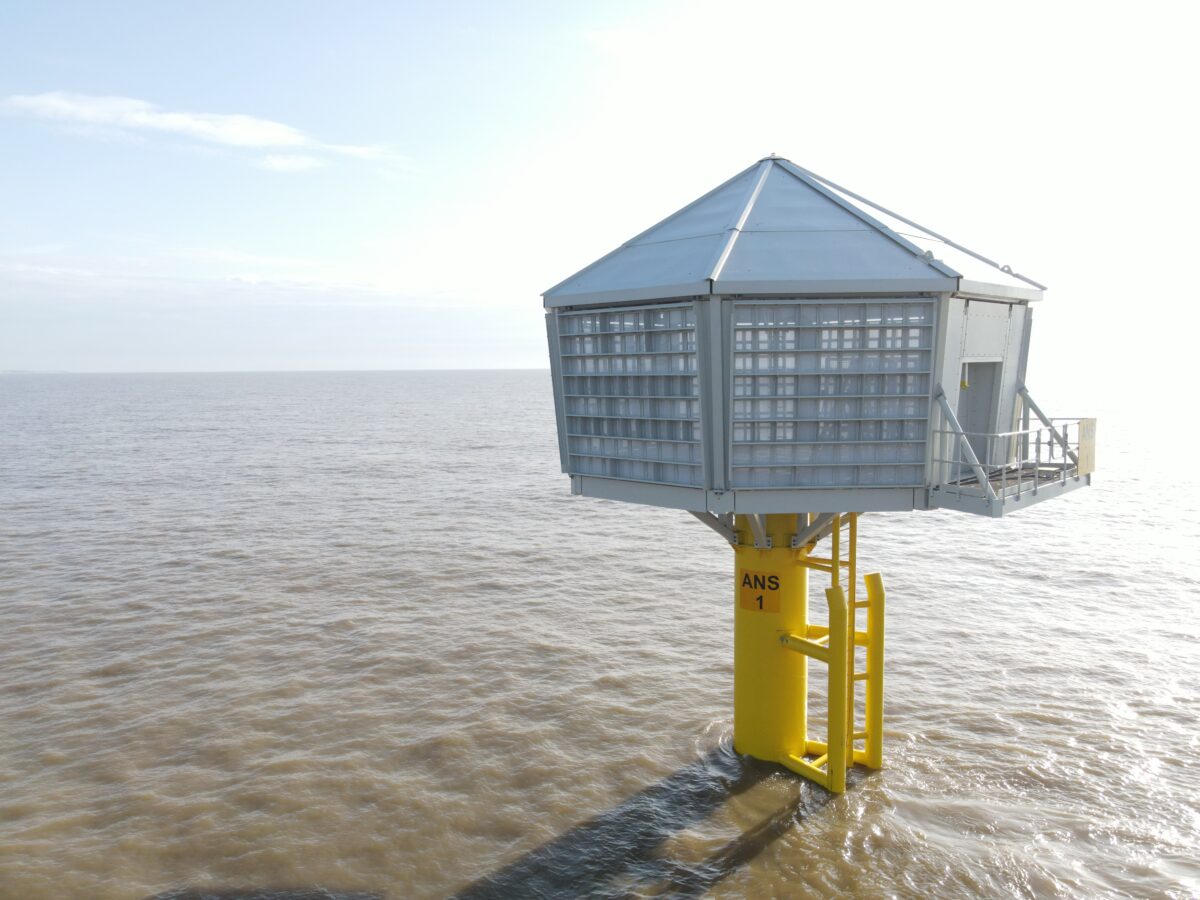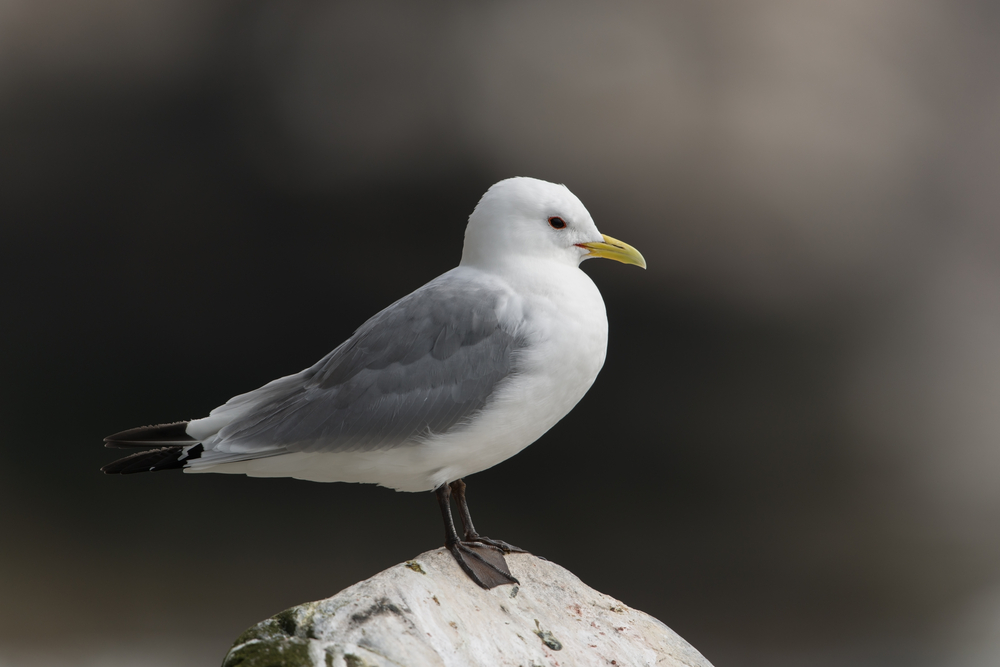In the hopes of making offshore wind farms a bit more seabird-friendly, a trio of first-of-their-kind artificial nesting structures have been planted off the coast of Britain in the North Sea. By providing shelves for nests, the giant bird boxes aim to help with the protection of one of the UK’s most troubled seabird species, the black-legged kittiwake.
Red7Marine, who rolled out the project alongside Danish energy giant Ørsted, explain that the structure’s narrow ledges and vertical sides were designed to replicate the cliffs where seabirds would naturally nest. Seven of the structure’s eight vertical side walls are fitted with 500 nesting compartments. It features eight sides to give the birds a variety of options in case one side is too sunny or too windy.
Two of the artificial nesting structures were installed approximately 1 kilometer (0.6 miles) from the shoreline of South Beach in Lowestoft, while the third was placed 1.4 kilometers (0.86 miles) from the coast of the RSPB Minsmere Nature Reserve.
They were built as part of an agreement to offset the impact of the Hornsea Three Offshore Wind Farm in the North Sea, which aims to generate enough power to meet the daily needs of 3 million homes in the UK.

Another glimpse of Red7Marine’s artificial nesting structures.
Image courtesy of Red7Marine.
Time will tell whether the project will be effective. The nesting structures will be monitored each year to count the number of birds and their nests. This information, together with data from other monitoring systems in Northeast England and East Suffolk, will all be shared with local seabird conservation groups.
The artificial nesting structure was developed by a team of ecologists, architects, and engineers to meet the needs of seabirds in the North Sea.
In particular, the project is geared towards the conservation of the black-legged kittiwake (Rissa tridactyla), a member of the gull family that’s vulnerable to extinction. This species is faced with dwindling population numbers due to a variety of threats, primarily climate change and a reduction in food sources. As scientists have noted, poorly planned offshore wind farms can pose yet another burden to the seabirds by disturbing their natural habitat.

The black-legged kittiwake in all its black-legged beauty.
Image credit: Wolfgang Kruck/Shutterstock.com
It isn’t just the black-legged kittiwake that’s struggling to cope with our drastically changing world. Globally, seabirds are experiencing long-term population decline. One estimate suggests that total populations had declined by 69.6 percent, equivalent to a loss of about 230 million birds in 60 years.
Pollution, bycatch from commercial fishing operations, the climate crisis, and disruption to their food sources are some of the major issues, but wind farms are another underestimated threat.
Approximately 140,000 to 500,000 birds die each year as a result of collisions with wind turbine blades in the US. The construction of offshore farms can also disturb their habitat and act as barriers across their migration routes.
A number of different studies have investigated ways to curtail the negative impact of wind turbines on birds. One suggested that painting them black and white could help reduce the number of collisions with blades. Another bold idea involved using smart cameras to detect the presence of birds, identify if they are endangered, and shut down the spinning blades before impact.
Source Link: Offshore Wind Turbines Get Giant Bird Boxes To Protect Rare Gulls